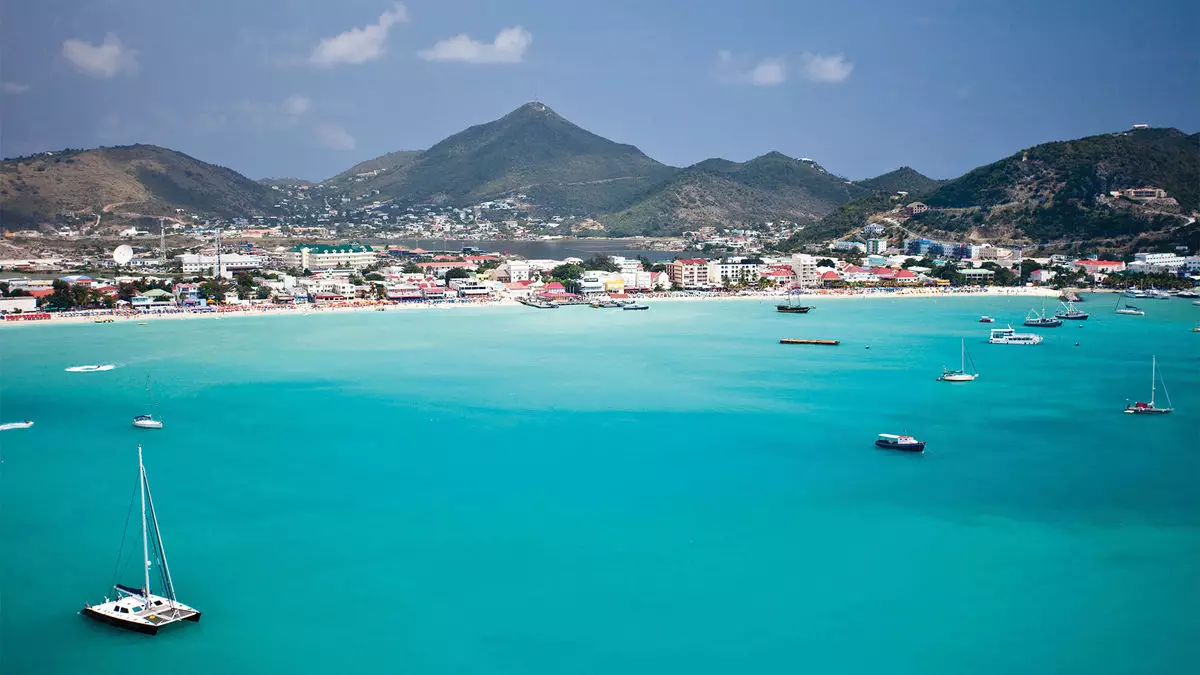In the face of disaster, one of the Caribbean’s most significant obstacles isn’t rooted in the physical realm but rather in the realm of perception. Misleading narratives can cloud the realities of certain regions, leading prospective travelers to believe that entire islands are in ruins, when in fact, only select areas are significantly affected. The narrative that humanity builds around crises can be as debilitating as the crises themselves. The whispers of misinformation can be more potent than any storm, reinforcing the need for clear and effective communication strategies that prioritize the truth.
Nicola Madden-Greig, a notable figure in the Caribbean tourism sector, poignantly notes that the specter of slow recovery isn’t solely about the state of the infrastructure but the misconceptions regarding it. The essence of recovery boils down to consistently reevaluating and relaying the facts, ensuring that all stakeholders, from travel advisors to the media, are well-informed about the nuances of geographic conditions across the Caribbean.
Innovating Communication for Clarity
The evolution of communication in the tourism industry has never been more evident than in Jamaica’s forward-thinking approach. By incorporating advanced technologies like AI-powered chatbots into their communication arsenal, Jamaica is setting a precedent on how tourism boards can swiftly counter misinformation. These chatbots provide real-time updates about conditions for both advisors and travelers, serving as a vital bridge connecting people to verified information. In a world saturated with rapid-fire updates and social media rhetoric, this technological pivot underscores the necessity of delivering accurate insights expediently.
Moreover, industry experts like Steven Defontes emphasize the crucial need for transparent marketing during crises. An unvarnished outlook on the destination, coupled with a timeline of safety developments, can ease travelers’ apprehensions. The focus on safety is paramount; whether targeting adventure-seekers or luxury vacationers, it’s essential for destinations to communicate their commitment to a secure experience. It’s not merely about crafting a marketing message; it’s about weaving a narrative that instills confidence.
The Power of Authenticity Over Traditional Advertising
In exigent circumstances, the appetite for authentic real-time updates surges. Advertising may have its virtues, but it pales in comparison to authentic narratives shared by journalists and influencers armed with firsthand experiences. As Defontes posits, individuals are weary of over-polished advertisements during calamities. They crave the genuine experiences of those who can convey what it truly means to visit at this moment. This demand for authenticity not only reevaluates the marketing landscape but also highlights the need for on-the-ground perspectives to demystify real-time conditions.
For example, once a crisis has unfolded, the role of influencers becomes invaluable. They can effectively showcase the resilience of the affected locales, allowing travelers to see the beauty still present amidst the ruins. Influencers can illuminate which regions are tourist-ready, demonstrating that hope and life persist even after adversity. The human connection fostered during these portrayals resonates deeply with travelers looking for assurance.
The Vital Role of Travel Advisors
Travel advisors emerge as pivotal players in transforming perceptions during recovery periods. They act as informed conduits relaying critical information about affected areas. Their expertise extends beyond just basics; they can empower travelers with knowledge about safety protocols, infrastructure resilience, and regional preparedness plans, all essential factors in rebuilding trust in the afflicted areas. Moreover, their emphasis on sustainable tourism efforts can reinforce a commitment to not only immediate recovery but to long-term health for both the region and its ecosystems.
Take Puerto Rico, for instance—a testament to resilience. Despite the disastrous storms in 2017, it experienced a tourism revival just two years later, setting a record for visitor arrivals in 2021. This resurgence was no accident; it stemmed largely from the strategic initiatives of Discover Puerto Rico, which capitalized on the communication of rebuilding efforts alongside its open-door policy for U.S. travelers during the pandemic. Their transparent approach propelled the island from the shadows of devastation into a beacon of recovery, proving that perception can indeed shape reality when effectively harnessed.
Understanding that perceptions mold the zeitgeist of traveler intentions reveals why the Caribbean must embrace proactive communication strategies in the aftermath of crises. The journey to recovery in the tourism sector is one nuanced with complexities, yet it is a path that can be paved with clarity, authenticity, and above all, trust.


Leave a Reply